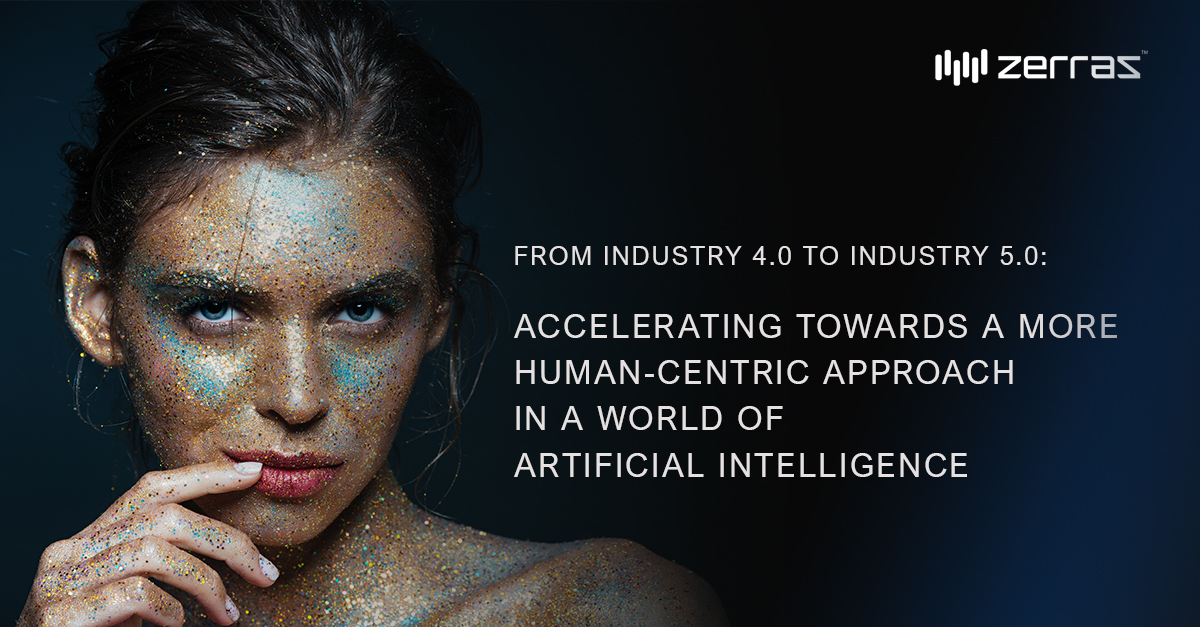As artificial intelligence capabilities permeate manufacturing, businesses and society, it will still be up to humans to transform production-based industries and high-skilled jobs.
The manufacturing industry has undergone significant transformations over the years, with each industrial revolution bringing new technologies and approaches that have revolutionized how products are produced and distributed. The latest of these industrial revolutions is Industry 4.0, which has transformed the manufacturing sector by integrating several technologies, such as AI and robotics, the Internet of Things (IoT), cloud computing, and the integration of manufacturing execution systems.
The main principle behind Industry 4.0 is to make the manufacturing industry “smart” by interconnecting machines, devices, and data that can control each other throughout the life cycle. In Industry 4.0, the main priority is process automation, thereby enabling the intervention of humans in the manufacturing process with greater predictability and effectiveness. Industry 4.0 focuses on improving mass productivity and performance through the provision of intelligence between devices and applications using machine learning (ML).
While Industry 4.0 has revolutionized the manufacturing industry by giving rise to new competitive advantages in productivity and efficiency, it has also raised concerns about the role of humans in the manufacturing process. Industry 4.0’s focus on automation has led to the displacement of many jobs that were previously performed by humans, and there is a growing recognition that Industry 4.0 alone cannot address the challenges faced by the manufacturing industry.
This is where Industry 5.0 comes in. Industry 5.0 is currently conceptualized to leverage the unique creativity of human experts to collaborate with powerful, smart, and accurate machinery or tools. It also extends and connects all facets of production to other essential upstream and downstream functions of the digital enterprise and value chain. Think marketing, sales, and customer service. The focus of Industry 5.0 is to bring back the human touch to industrial businesses and enhance production and automation with human skills, learning, and creativity. It will cover and impact all creation and production-based industries. Industry 5.0 is expected to involve the integration of generative AI, augmented reality, and IoT with human skills such as creativity, problem-solving, and communication. This could lead to the creation of new job roles and business models that emphasize the importance of human creativity and innovation. For example, we are already seeing new jobs being created for human moderators in virtual community spaces.
One of the key features of Industry 5.0 is mass customization, where customers can prefer individualized products according to their taste and needs – across the entire product and customer lifecycle. Industry 5.0 will significantly increase manufacturing efficiency and supply chains, and at the same time enable a new type of relationship between humans and machines, just as mobile phones have become a new digital appendage that we rely on daily. The collaboration between humans and machines aims to increase all types of production at a rapid pace.
Industry 5.0 also promotes more skilled jobs compared to Industry 4.0 since knowledge professionals work with machines. In Industry 5.0, humans will be guiding robots, while in Industry 4.0, robots are already actively engaged in large-scale production. Industry 5.0 focuses mainly on mass customization, where humans will be guiding robots with prompts, while Industry 4.0 focuses on cyber-physical system connectivity.
Another interesting concept of Industry 5.0 is the provision of greener solutions compared to the existing industrial transformations, neither of which focuses on protecting the natural environment. Industry 5.0 uses predictive analytics and operating intelligence to create models that aim at making more accurate and less unstable decisions. In Industry 5.0, most of the production process will be automated, as real-time inputs and outputs will be obtained from machines in combination with highly skilled human specialists in decision-making. We already see that happening in the auto industry.
In conclusion, Industry 5.0 is the future of creation and production-based industries. It is a more human-centered and authentic data approach that seeks to balance automation with human skills and creativity. While Industry 5.0 concepts are still developing, there is little doubt that AI will play an increasingly progressive role in the competitiveness of creation and production-based industries, drive greener solutions, and create more skilled jobs.

